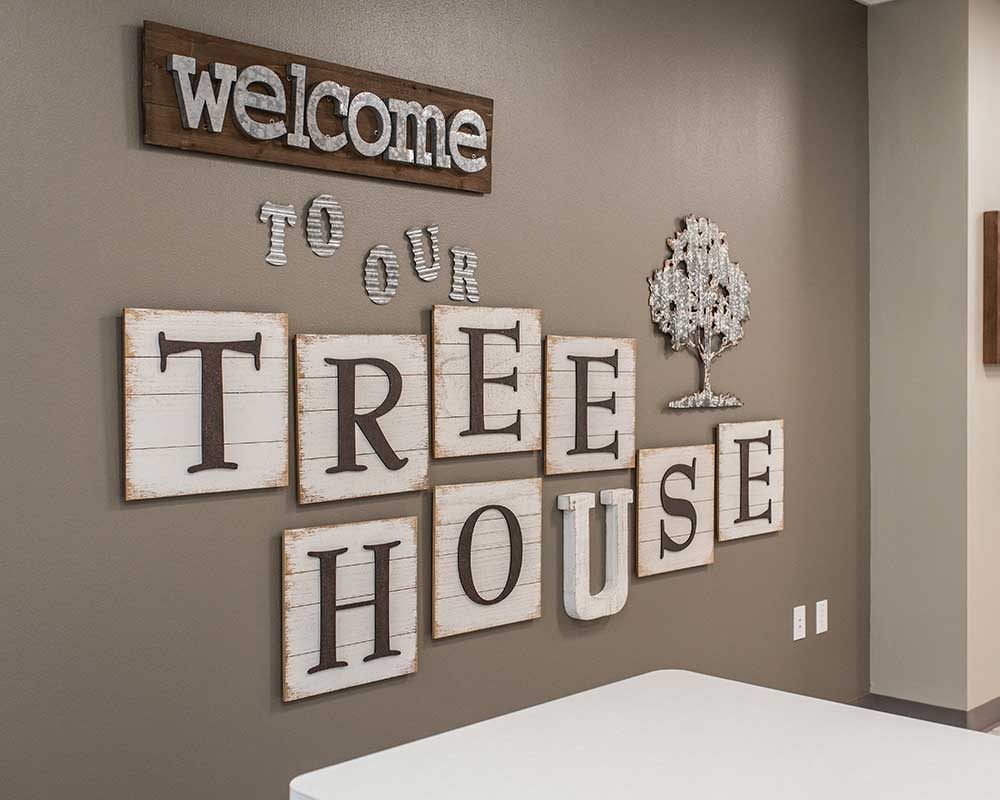
The first visit is a time to introduce your child to a pediatric dental practice and begin the journey of being comfortable and gaining confidence for future appointments. We encourage parents and other care providers to establish a child’s dental home by the time they are 12 months of age.
During this visit, we address your concerns and provide:
- A thorough review of your child’s health history
- A lap exam with your child where you will assist the dentist in getting a thorough look inside your child’s mouth
- A review of any findings and suggestions for home dental care
- Thorough oral hygiene instruction demonstrating how to best brush your child’s teeth, the appropriate toothbrush, and the use of fluoride
- Dietary counseling
- An overview on how and when teeth come in
- A cavity risk assessment We will also talk about preventing and managing dental trauma, as well as offer referrals to dental specialists if needed.
After scheduling your initial visit, talk to your child about the dentist in an age appropriate, fun way. Avoid using words like “pain,” “hurt” and “shot,” and we will avoid using them as well! Finally, once you are at your first appointment, let the dentist take center stage. Pediatric dentists are pros when it comes to connecting with children and making them comfortable in a new (sometimes scary) environment.
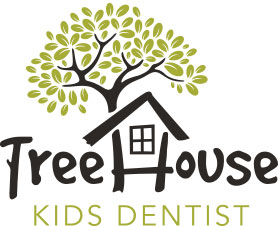
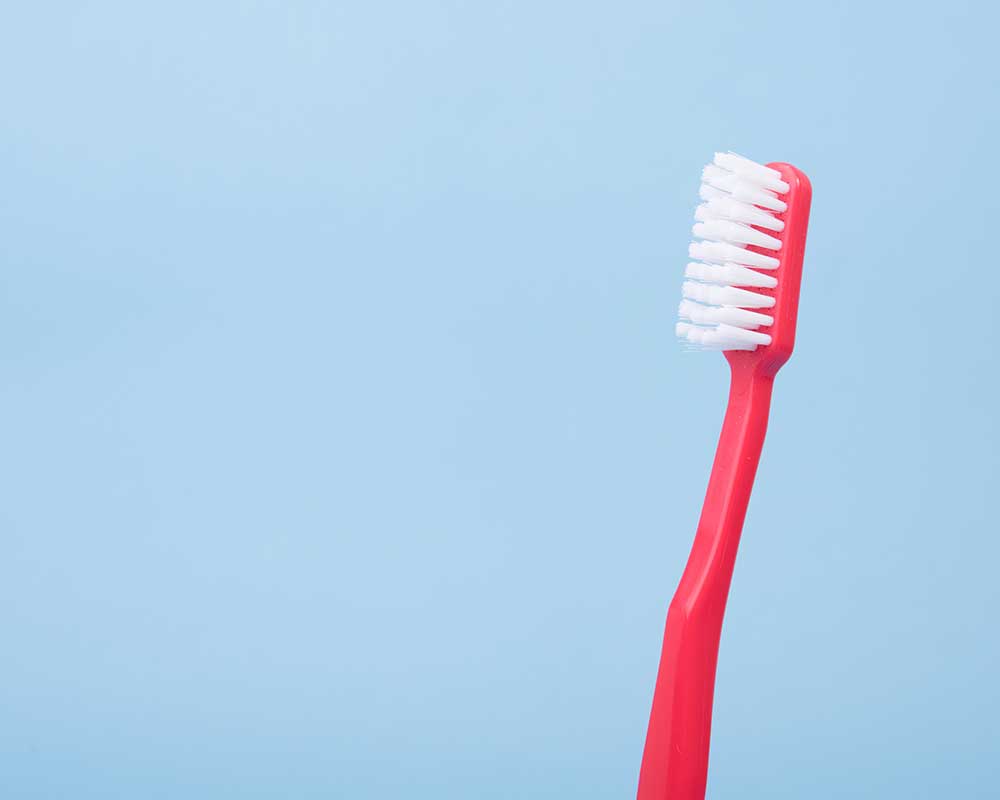
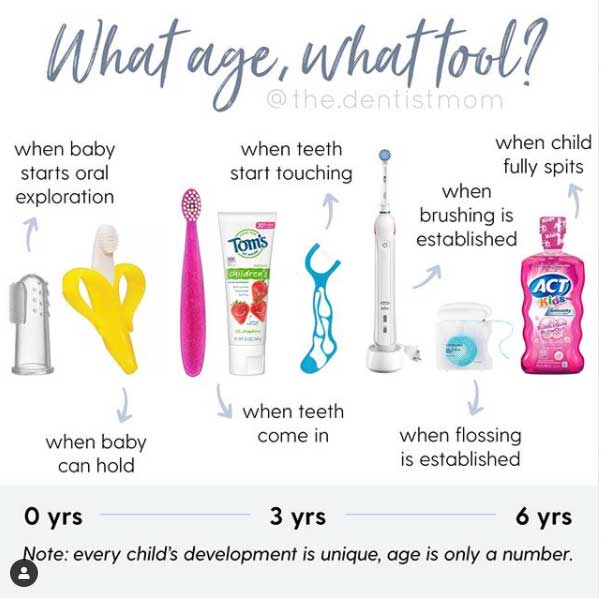
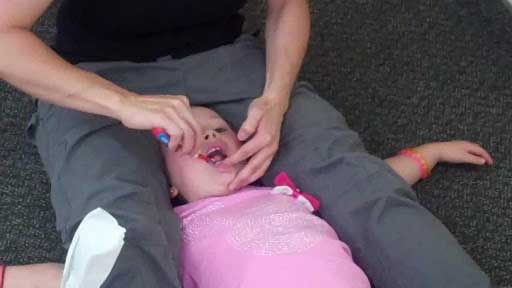
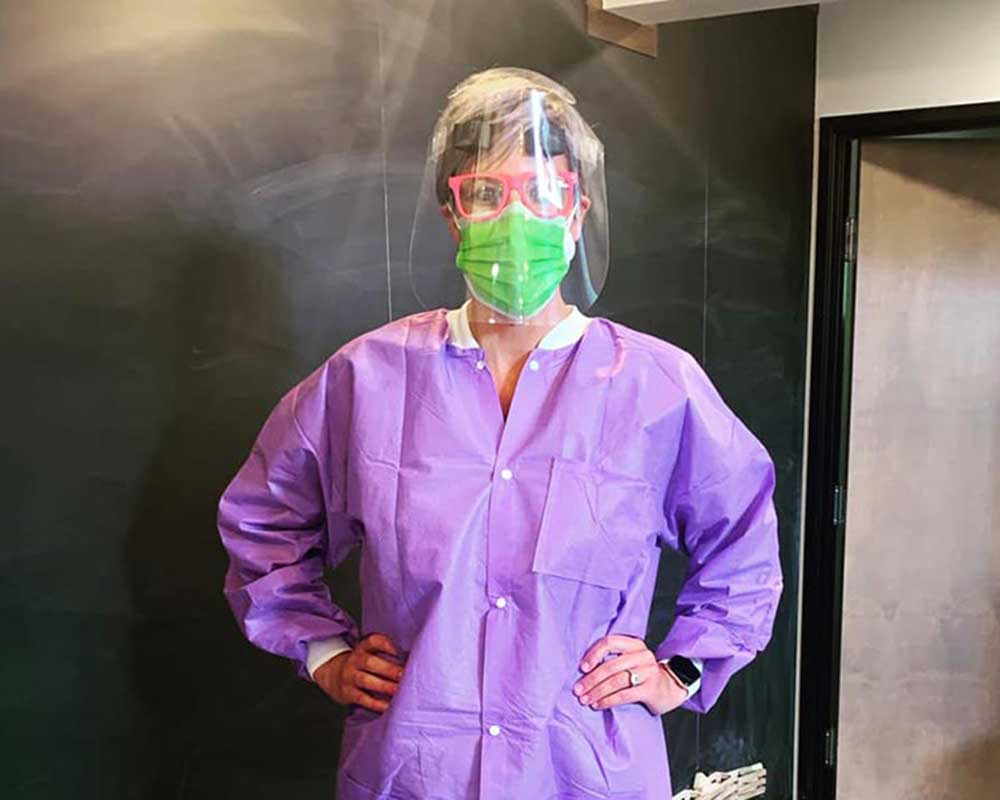
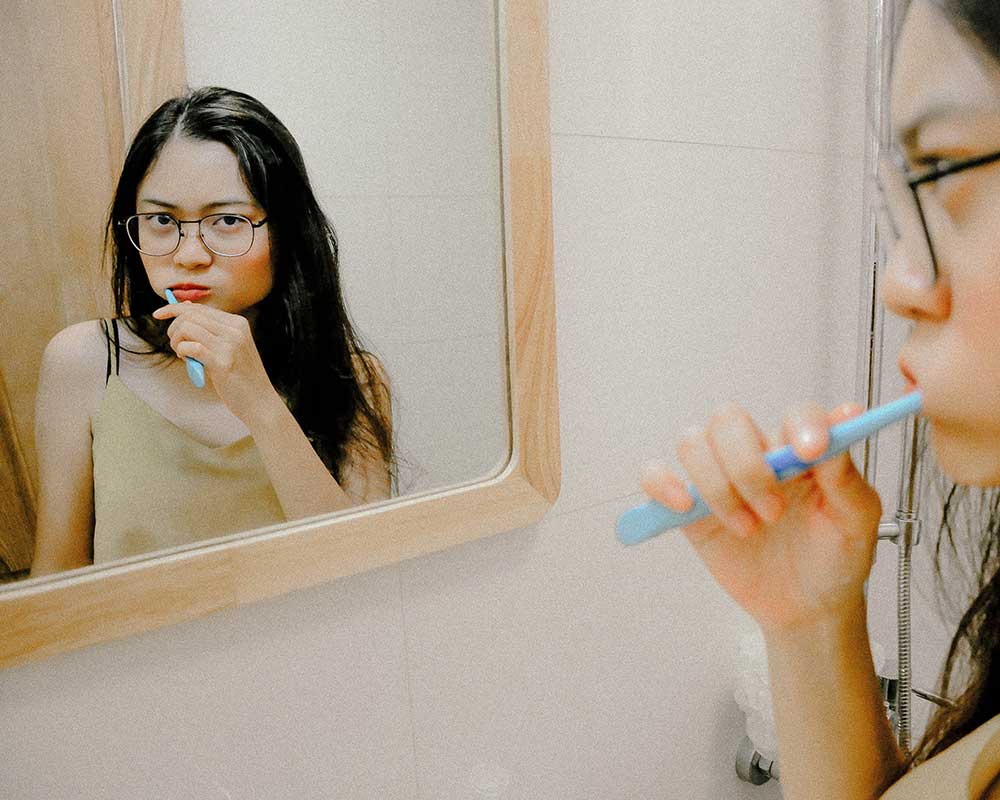
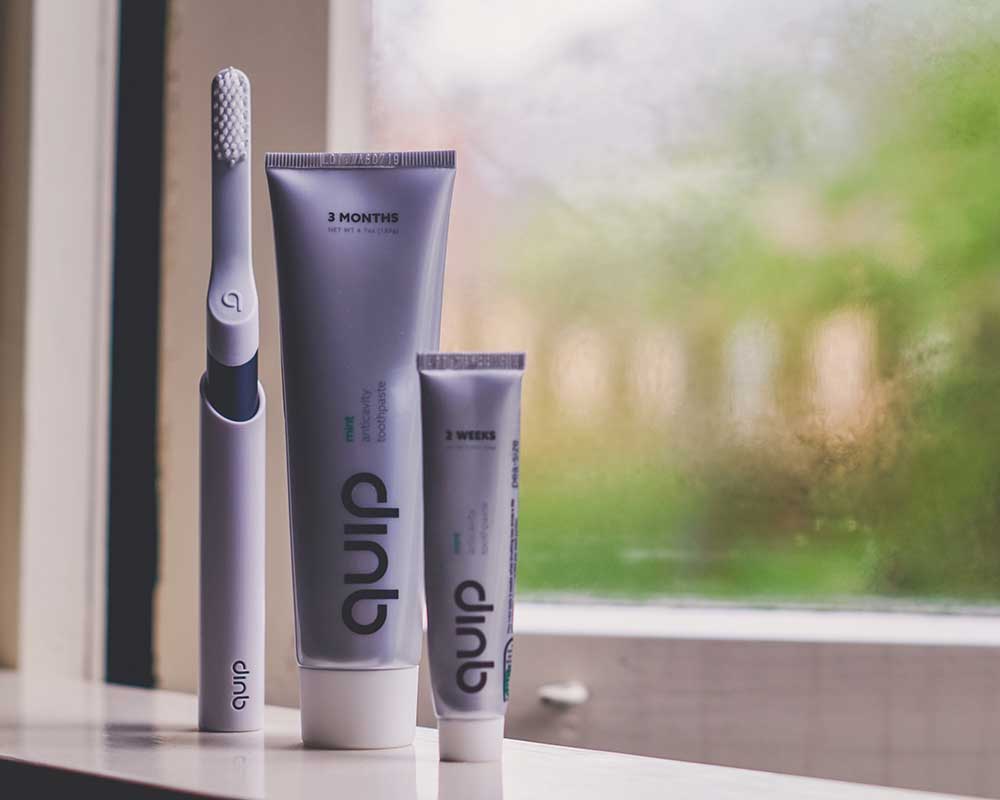
Recent Comments